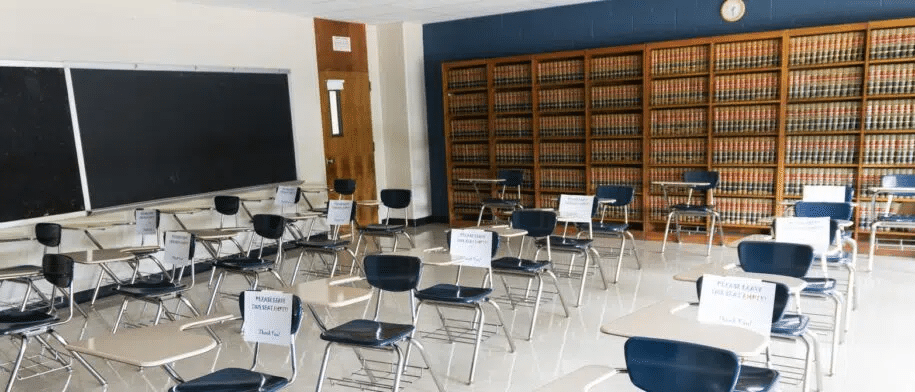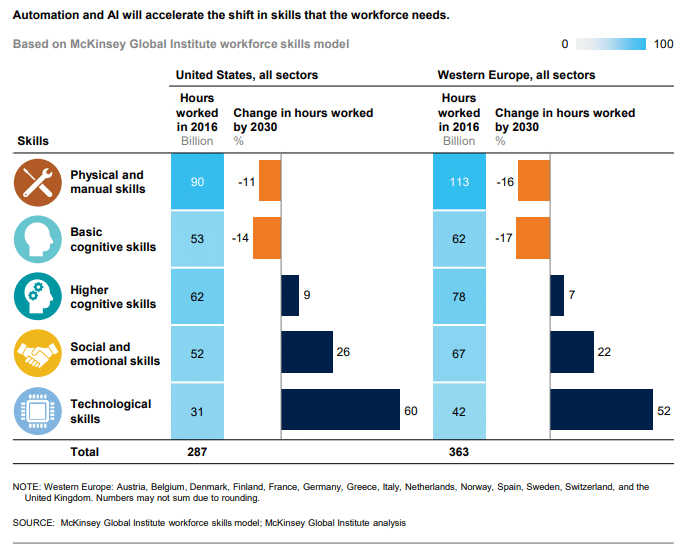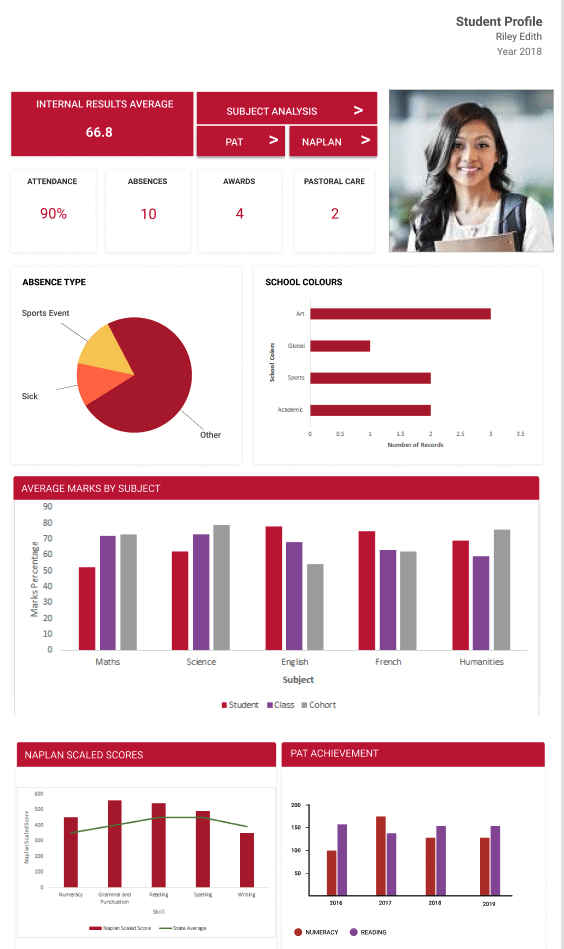There’s a common expression both in startup circles and, increasingly, education: “building the plane as you fly”.
The application in software-as-a service (SaaS) is obvious. You ship a minimum viable product (MVP) and enhance it and ship it again in an agile, iterative process.
In education, the metaphor is being used more recently by teachers’ to describe their experience of the sudden, seismic shift to remote teaching and learning, including the “rush to Zoom”, at the start of the Coronavirus pandemic.
Over 56% of teachers (mostly primary teachers in public schools) surveyed in 2020 said they were unprepared to facilitate remote learning. 42.8% said they alone were responsible for deciding what remote/online tools they would use. They were unprepared, but they had to decide anyway – that’s building the plane while flying.
Now, the COVID-19 Delta strain is extending lockdowns in NSW, and parts of Queensland and Victoria, into late November 2021 and beyond. As a result, schools are required to continue to iterate on how best to engage students in meaningful pedagogy on Zoom, Teams and Google Classroom, while considering student wellbeing.

Some Australian schools are calling for traditional HSC exams to be cancelled. State and tertiary authorities are weighing up alternatives – from teacher estimates, to aggregated assessment marks and misadventure processes – for calculating school leaver scores.
For me, this highlights a key problem we’ve been talking about for a while now: it’s too simplistic to define a student’s capability only by their academic performance.
Enter the ‘learner profile’…
Propelled by the current disruption, momentum is building in Australia around learner profiles as a means of recognising broader student capabilities and offering an alternative to simple numerical results, like the ATAR, for post school pathways.
In Term 3, schools in South Australia are expected to be engaged in a Learner Profile Pilot Project in consultation with Melbourne University and the South Australian Education Bodies and Secondary Principals’ Association.
This has the potential to be a transformative model for recognising the capabilities of individual students, thereby meeting the needs of all.
What is a learner profile?
A learner profile captures a student’s capabilities and attainments in addition to numerical results such as ATAR. Visualised often in a student dashboard, a learner profile includes a range of insights from data across academic, social, emotional, engagement and more capabilities. Executed well, it’s an important equity measure that provides a broader, more flexible and accessible framework and inclusive post-secondary school pathways.
When kids come out of school in Year 12 they need to be ready to take on any challenge.
They need interpersonal, creative and technology skills. They need perseverance, emotional intelligence and a growth mindset. They need all these things to navigate an increasingly globalised, automated and tech-enabled world.

Universities and vocational institutions need to know who the student is as a person. That’s the missing piece.

Learner profiles will give them a data set that they can start to utilize when they transition students from K-12 to vocational or higher education.
At OctopusBI, we’ve worked with over 100 schools on data consolidation and dashboard projects to enable the building of learner profiles.
By bringing together data insights on academic, behaviour, wellbeing, attendance and more, we can create a highly contextual, full picture of a student’s progression.
Teachers can then use those insights (in real-time) to better plan for the range of abilities in their class and inform meaningful conversations with parents, students and other school stakeholders. What’s the point of data if we can’t use it to affect change throughout the learning journey?
Delivering value for even one school requires significant coordinated and consistent effort. Doing this on a state and national level is a much bigger beast.
The data collection challenge for learner profiles
The challenge is twofold. States will have to:
- Agree on data points to include in learner profile
- Determine how they collect that data
Unless authorities agree on what data points to include in a learner profile, and how they should be collected, they will struggle to scale the benefits, and edtech vendors will struggle to respond.
We can always do the analysis, once we have the right data, but the question is: do we have enough research to cover the factors that have an impact on the student? Do we have everything that we need?
Once enough research has been done around the types of skills and capabilities students need, a state or national framework for learner profiles can be established.
“The challenge then will be to standardise the ways in which schools collect this data.”
If you look at a school, you find multiple places where they collect data. Some calculate the summative mark in the learning management system (LMS) and release that to parents and students. Other schools still print PDFs for semester reports or create them in a student management system (SMS). Wellbeing and student survey data usually sit in entirely differential portals.

Each school collects different data sets in different ways, to different extents, in different frequencies.
Edtech tools like OctopusBI connect to all these different sources within a school and visualize the raw data to bring insights forward.
But the process is still messy. Some schools still use CSV, some schools use Google Sheets, some use Office 365, or OneNote. (You can imagine us furiously building the plane now!)
There’s a lot more work to be done for the data that students or teachers collect to be able to consistently go into a LMS or SIS. For an edtech vendor in that space to do those system wide changes there has to be enough buy in.
Consistent collection is possible, but it does need schools to put student experience and collection potential ahead of teacher preference – for the greater good.
Where to next? Keep building the plane…
With the huge amount of change going on in education at the moment, it’s exciting to see learner profiles being considered at the state level.
We proved in 2020 how fast we can reinvent education when necessity calls and I think the time is right to go “Beyond the ATAR”. This is a moment of change that I hope captures the imagination of state and school leaders around the country.
If state authorities can come up with ways to mandate the way data is collected (beyond NAPLAN and ATAR), great, but I don’t think schools need to wait for a mandate.
“With the right edtech tools and support, schools can build their own robust learner profiles to inform and assist learner journeys right now.”
We’re already flying in a totally new paradigm. This is a prime opportunity to rethink and rebuild how we measure and report on learner achievement.




